All About Mulching Strawberries
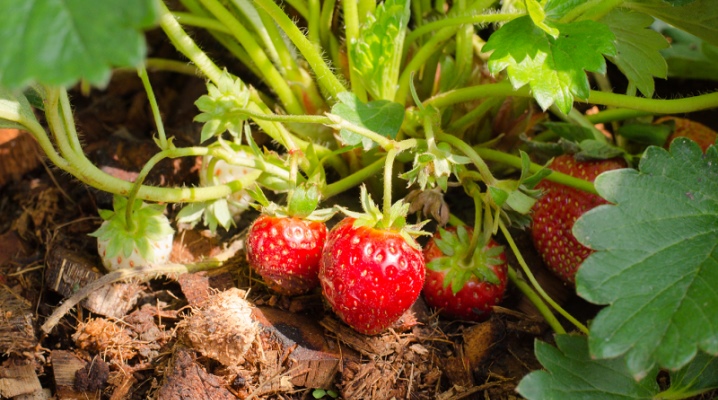
Every self-respecting gardener and summer resident necessarily strives to ensure that the queen of berries - strawberries - feels good on his site. But the culture is quite whimsical and requires additional attention.
In the publication we will tell you everything about mulching this berry plant: what materials are suitable for this, in what time frame these activities are carried out in order to ultimately get an unprecedented harvest.
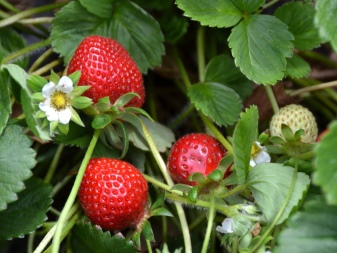
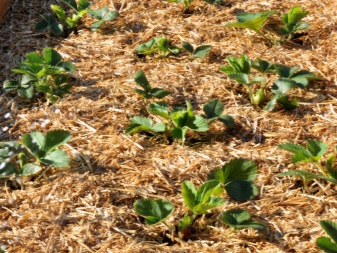
What it is?
Mulching - such an agrotechnical technique that allows you to cover plants. Mulching strawberries is done both with organic materials (straw, hay, compost composition, humus and others) and inorganic (plastic wrap, agrofibre, roofing material, even cardboard and other materials). Choose a basis for mulch, based on their capabilities and circumstances. Under such a shelter, the bush is not only protected from frost, organic mulch, for example, creates good conditions for improving the structure of the soil, which is very important, especially for open ground.
Experienced gardeners mulch garden strawberry bushes even when planting. After such a reception, over time, the soil under the plants becomes looser and more fertile, the chances of getting large, high-quality berries increases significantly. The advantage is that mulch prevents the soil from overheating and protects the soil from drying out, prevents the development of weeds on the strawberry plantation. Having carried out timely mulching, you will not weed the crop so often and constantly loosen the soil.
But the most important thing is that garden strawberries get good immunity, and even after rains, weeds do not coexist with it. Let's figure it out further when it is still necessary to mulch strawberry bushes?
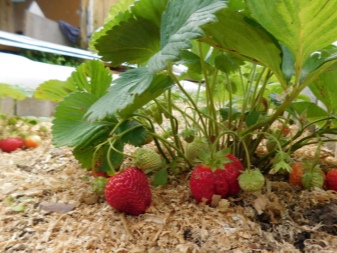
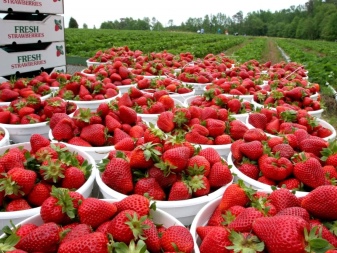
Timing
According to the experience of those who have long been engaged in the cultivation of strawberries at home, mulching of this crop is done twice a year.
- This occurs in the spring when the ovaries appear. Thus, the peduncles are not in contact with the ground. The mulch is left until the end of summer, until the last berry is picked from the bushes.
- In autumn (around the end of October), strawberries are mulched again. This is already being done more in order to create protection for the plant for the winter. The mulch layer is removed in early spring when the crop comes alive.
By the way, not all materials are suitable for the autumn-winter shelter of the berry. For this event, the following are more relevant:
- dry leaves;
- needles;
- straw;
- hay;
- cut grass.


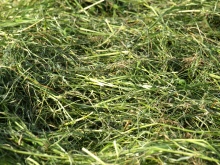
Mulching during this period is carried out in a thick layer, but it is not so much the bushes themselves that they cover, as they spread the mulch in the aisle and around the bushes. If the process is carried out in this way, then mulching will be effective. Regardless of the time of year when this agrotechnical event is carried out (spring or autumn), both the plant and the soil must be prepared for this. Remove dry leaves from the bushes, get rid of excess antennae and growths. On a strawberry plantation, it is advisable to weed, remove weeds. The loosened soil must be watered, fed with seasonal fertilizers and only then mulched. The choice of material is a separate topic.
Definitely, hardly anyone will answer the question: what is the best way to mulch strawberries? Each material is good in its own way, and here you need to focus on the type of soil on which strawberries grow, even take into account the variety of culture and the area of the plantation occupied.The organic composition of mulch is good for the soil in that it enriches it with useful elements, increasing the percentage of fertility. But organic matter, gradually decomposing, turns into soil. Inorganic materials are not able to provide additional food for the earth, but they are durable in use. Let's take a closer look at the pros and cons of different compositions of mulch and find out what to make it from.
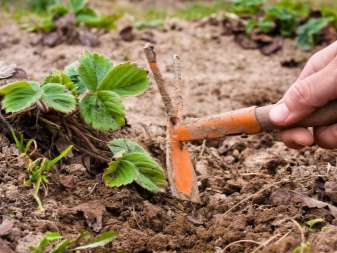
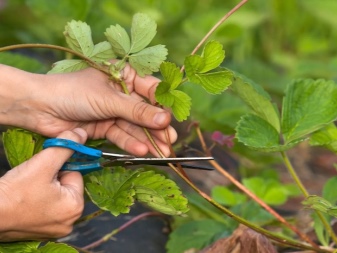
Overview of inorganic materials
A wide variety of materials can serve as the basis for inorganic mulch.
Black polyethylene film (thickness not less than 30 microns)
This film is most often used by gardeners from inorganic materials for mulching strawberries.... Among the advantages of such a shelter is that the film retains moisture well, does not allow weeds to rise, prevents antennae from rooting, generates heat, and this makes it possible to get a crop a little earlier than usual. But this film is used only for spring mulching. In winter, she is not able to protect the bushes in frost and severe cold.
In addition, roots can rot under it, because it has poor air exchange. Well, one more minus - drip irrigation is needed for it, and this is additional work and costs for the gardener. As a rule, young strawberry plantings are mulched with black polyethylene. Moreover, they first stretch the film, and then make cross-type slots in it for sockets. Holes are dug through these slots and a young strawberry shoot is planted. Secure the film with a heavy object or a special hairpin.
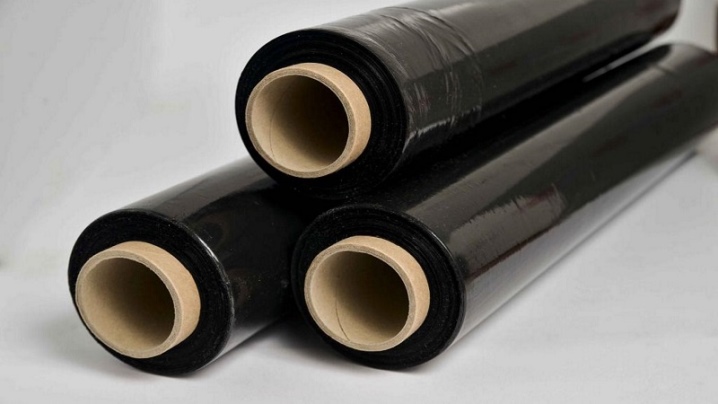
Agrofibre (black spunbond)
This material is more expensive than black plastic wrap, nevertheless it is very popular among gardeners. Agrofibre retains moisture and temperature, is durable and easy to use in the garden. Through it, you can water and fertilize plants. The technology for laying it on the beds is the same as for the black film. And so that the roots of strawberry sprouts do not lie, it is recommended to periodically raise the agrofibre around the edges, providing ventilation.
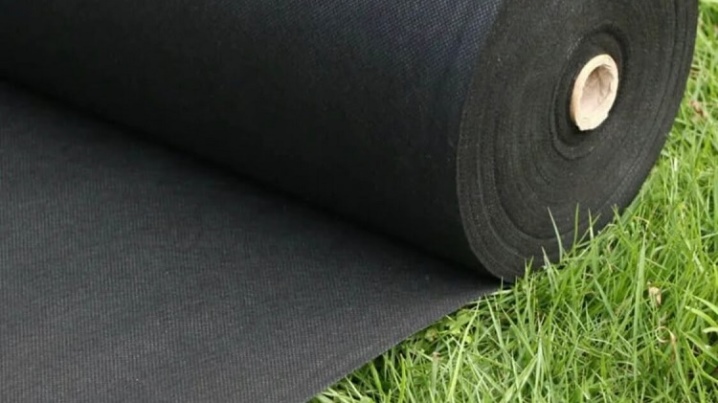
Coconut fiber (mulchagram)
This material is very expensive, but due to its natural composition, it is widely used both in horticulture and indoor floriculture. Coconut fiber is not chemically impregnated, there is no glue or paint, it consists entirely of natural ingredients that decompose over time and improve the soil structure. Does not affect the acidity of the soil, which compares favorably even with organic mulch.
Mulchagram perfectly protects the roots from temperature extremes, prevents them from drying out, and protects the soil from exhaustion and weathering. It is laid in paths, making rounded holes where strawberry sprouts are planted. Through these holes, the care of the bushes takes place.
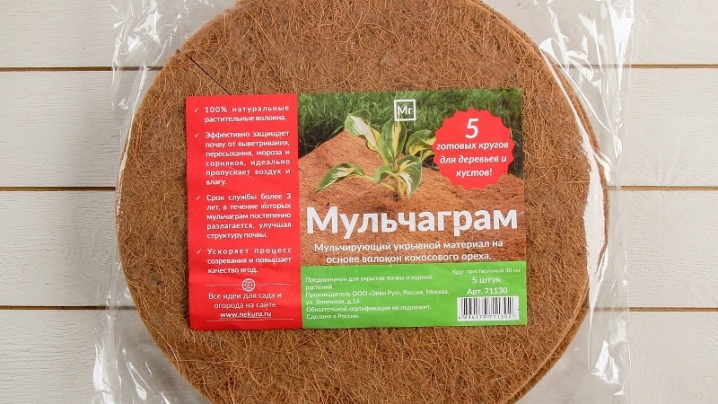
Cardboard
Mulching with cardboard is only suitable for spring and summer, but for the winter it is recommended to replace it with another material, since rodents like to hibernate under cardboard, and other pests of strawberry plantations like this place. And by spring, stock up on cardboard boxes or special thick paper for packaging and mulch future strawberry beds. Cardboard or paper sheets are laid out with an overlap, then they are covered with a rather thick layer of earth (within 10 centimeters) and in this form mulch costs 6-7 days.
After that, holes are made in such a shelter using a garden trowel or a construction trowel, and a rosette of a young shoot is planted. Water only the bush itself, do not moisten the aisle so that the cardboard does not soften. When the young bushes take over, the mulch can be additionally strengthened with organic compounds from hay, straw, cut grass. This combination mulch will perfectly protect the strawberry bushes from the heat and provide moisture around the plants.
As you can see, the technology for laying inorganic mulch is almost the same for all similar materials. Consider further mulching with organic compounds, which are easier to extract and do not require additional costs.
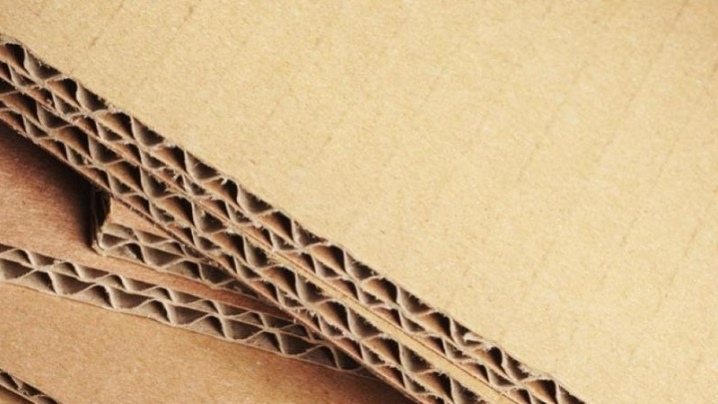
Organic
No matter how good inorganic materials are, it will not be possible to properly grow strawberries without organic mulching, because such a layer not only covers the beds and bushes, but also nourishes plants and soil, and also protects against diseases and pests.
Organic matter can be obtained even from marigolds growing nearby, even from mowed grass, cones or hay and straw. The main thing is to put such a layer under the bush, in the aisle and create favorable conditions not only against freezing, but also for development.
Cones
If your strawberry plantations are near a spruce forest or pine forest, then use cones as mulch. This layer is durable, the cones rot for a long time, so lay them around the bushes.
In addition to the fact that they will serve as protection for plants from bad weather, the cones will preserve the moisture of the earth and give the beds a showiness and decorative effect.
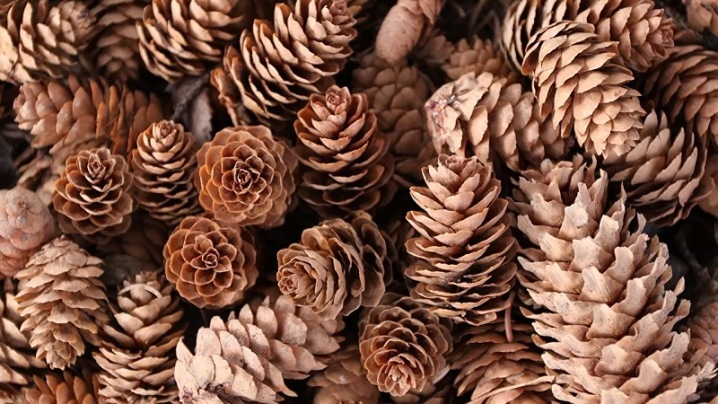
Coniferous litter
The needles are suitable for mulching strawberries in spring and autumn. DFor mulch, not only conifers, but also pine needles, as well as thin twigs and even the bark of conifers are suitable... All this is capable of quickly rotting, which makes the soil loose. In addition, coniferous litter is an excellent food for the earth and protection from gray rot and other pests. Lay such a layer to a height of 3-6 cm. Coniferous mulching will be a reliable protection for strawberries from freezing in winter.
There is one nuance that gardeners should be aware of when they grow garden strawberries on soils with high acidity. Coniferous mulch oxidizes the soil even more as it decays, so apply with care and mix with ash if necessary.
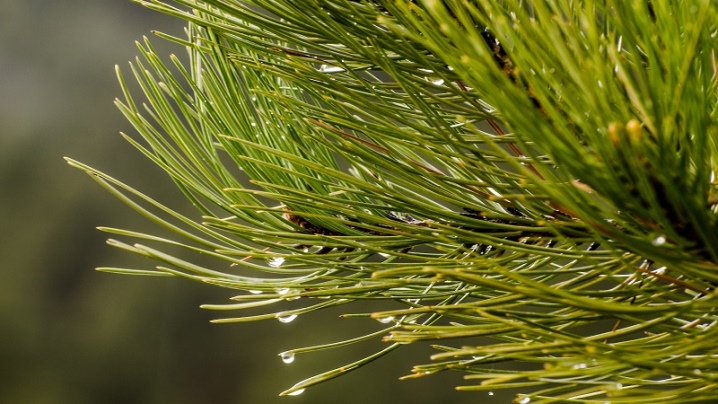
Lowland peat
This composition with a porous structure perfectly retains moisture, "works" in the right direction when overheating or hypothermia, does not allow weeds to grow. Peat mulching is especially useful on clay soil. Over time, the composition will enrich such soil with useful elements and make it more airy.
And if you mulch the sandy soil with peat, it will become more moisture-consuming and loose. It is lowland peat that is used as mulch; horse peat can give a dense crust through which water will not seep well. In addition, the riding composition increases the acidity of the soil.
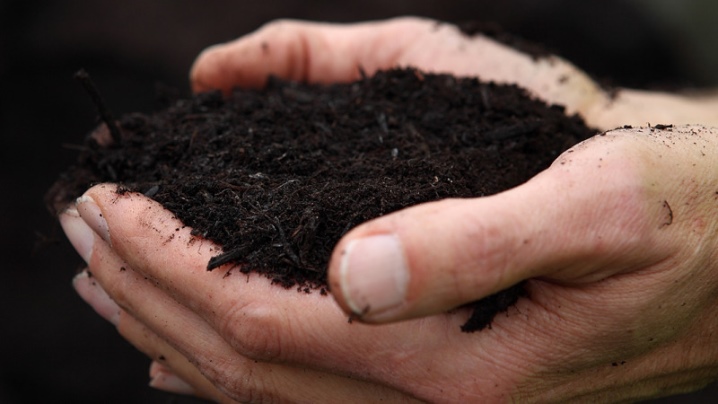
Straw and hay
Straw is most popular with gardeners among organic components that are used as mulch. Firstly, it is an accessible material, and secondly, a straw shelter is ideal for plants and soil: it does not impede the passage of moisture into the ground and does not allow it to evaporate, reflects the sun's rays. In addition, the straw layer allows the berries to stay clean even after heavy rain. And how nice it is to pick clean fruits. So stock up on dry straw, spread it around the bushes in a rather thick layer (up to 15 cm you can safely spread it, over time the mulch will settle a little).
But you need to know that as a covering material, straw is ideal for mulch, but it cannot provide the soil with proper nutrition, since it is not rich in useful elements. In addition, straw draws nitrogen out of the soil, so it is better to mix it with rotted manure or compost composition and mulch. And since various rodents like to build their minks in straw, in the autumn-winter period it is not recommended to use it as a basis for mulch. On the contrary, in the fall, when cleaning the site, they try to thoroughly get rid of straw residues.
As for hay, it is more nutritious for soil and plants than straw, but it decomposes quickly. Hay is usually laid in a layer of up to 10 centimeters, if it is made higher, then the lower layers can rot, which will negatively affect the culture. Anyone who uses hay as mulch tries to change layers more often (once every 15 days), that is, it works more as a temporary feeding.Moreover, there is more fuss with such material: it is recommended to whip the hay before laying in order to get rid of weed seeds, and then soak it in water and dry it in the sun.
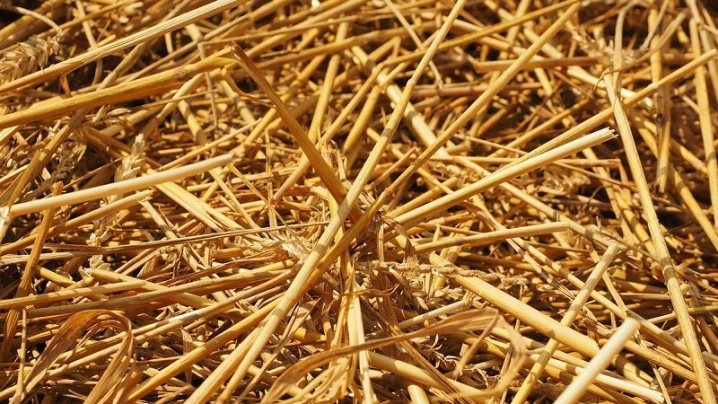
Humus and compost
These materials serve as good protection for strawberry bushes from overheating and hypothermia and prevent the soil from drying out. Such organic materials are also an excellent food for strawberries: these compositions help to improve the structure of the soil and put a barrier to the development of pathogenic microflora.
But such dark mulch raises the temperature of the earth, and if the process of its production was irregular, then humus and compost can infect the soil with weeds and diseases. If, nevertheless, you decide to mulch with these compounds, then the layer will need to be constantly updated - soil microorganisms process this mulch quite quickly.

Sawdust and shavings
Fresh shavings and sawdust look aesthetically pleasing in the garden. This is a good reflector of sunlight, in addition, such material also retains moisture well, does not allow snails and slugs to "house" in the aisles and do not allow weeds to grow. It is believed that sawdust and shavings cope with these tasks even better than hay and straw mulch. But in sawdust, various harmful insects love to create their nests. Sawdust also depletes the soil, taking up nitrogen.
Therefore, before sprinkling the beds with them, it is better to feed the plants with nitrogen fertilizer or use stale sawdust, but rotted. In this series, garden chips are the more durable and reliable mulching material. You can sprinkle it on bushes with a layer of 6-7 cm (for wood chips it is better to take pine bark or larch bark). Only such mulch will have to be watered often, as it does not retain moisture well. Keep in mind that the soil underneath is compacted, which is not entirely beneficial for strawberry bushes, which like loose soil.
It is difficult to remove garden chips from the beds, but it serves for a long time and gives the berry an attractive appearance.
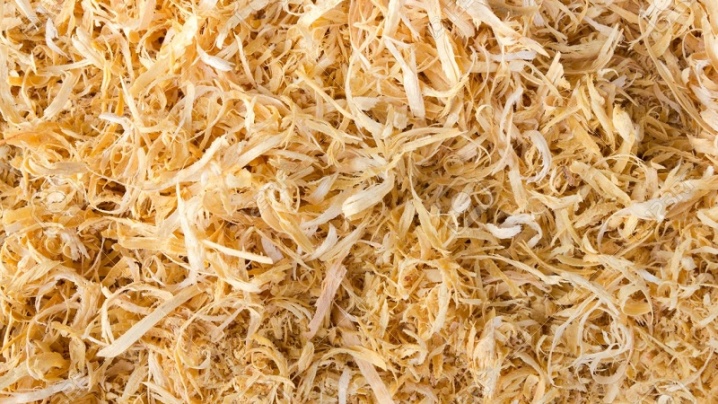
Weeds and lawn mowed
Weeds and grass cut from the lawn are a worthy competitor to hay when mulching strawberries.
- greens quickly decompose and nourish bushes,
- it is easy to find (however, weeds are used without a root system and seed part).
- no problem when stacking this raw material. But the grass should be pre-dried so that it does not rot. Based on these considerations, this mulch is only suitable for the summer period. In the rainy and snowy season, it will be irrelevant.
It is laid out in the same layer (6-7 cm) as the hay, and the layer is changed in the same way after 2 weeks. There is a plus in such a shelter in the summer: after mulching, the bushes can not be watered for at least a week.
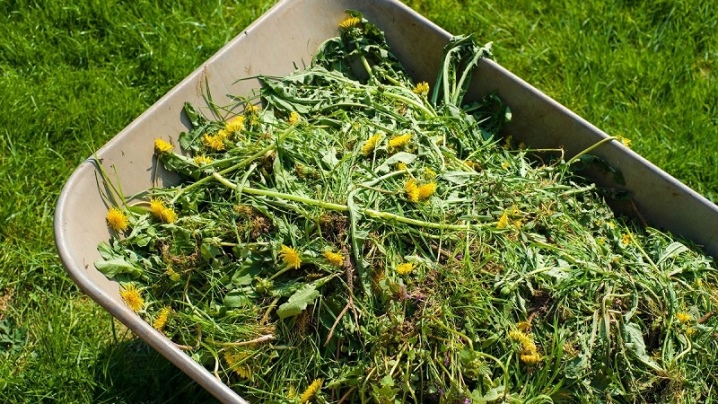
Fallen leaves
In the fall, there is enough such good in any garden, so many fallen leaves are used for mulching strawberries. This composition is not very nutritious, but quickly rotted, improving the soil structure. Even the densest soil, being under the foliage, after a while increases its air and water permeability properties.
Fallen leaves are laid out in 4-5 cm. Such a layer will help out in dry weather, but in a rainy summer it will only bring problems: the foliage will begin to rot, which is why there is a risk of infecting plants with various diseases. And then aspen leaves, oak and nut foliage, willow branches emit tannins, which have a depressing effect on garden strawberries.
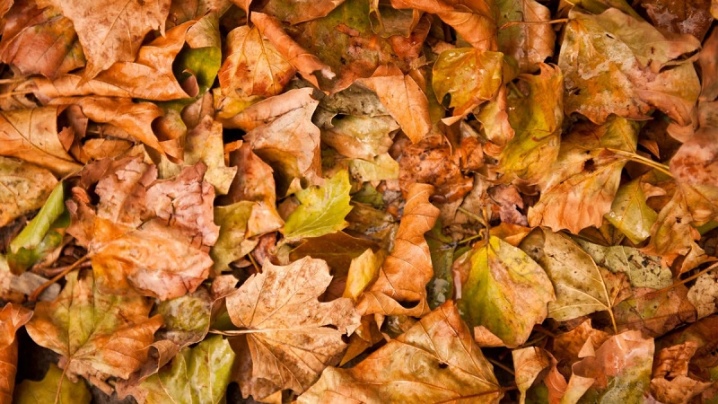
Shredded grass
Shredded grass rots faster, so if possible, chop the grass - at least the one that remains, say, after mowing the lawn. It will provide additional nutrition to the soil and protect it from drying out, and will also serve as a protective layer for the berries (preventing them from touching the ground). This is a good option for spring / summer mulching of strawberries.

Useful Tips
In order not to harm the strawberry bushes when mulching, you should adhere to the following recommendations:
- Monitor the thickness of the organic layer. It should not be higher than 10 centimeters if mulching is done on light soils. On a denser soil, this thickness should be 2-5 cm less, and on a clay surface, lay organic matter in 2 cm altogether.If you do not adhere to these rules and add more mulch, then with heavy rain or excessive watering in such an environment slugs will divorce, the root system can rot.
- Observe the terms of mulching 2 times a year: in spring and autumn. In the latter case, this is done after the harvest is complete.
- The coverage must be appropriate for the season. In the summer, it is better to mulch with organic raw materials or film. Non-woven fabric is also suitable. But by winter, good organic matter is needed, which will rot and allow moisture to be well absorbed into the soil in the spring.
Follow the rules for preparing the soil before mulching. It is necessary to loosen the area and get rid of the weeds.
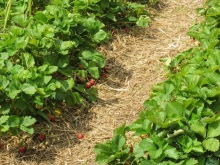
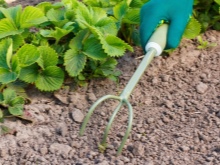
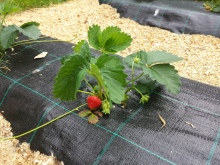













The comment was sent successfully.